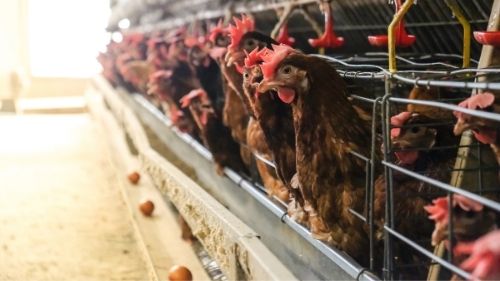- Posted by Anitox
Layer Hens Are at Increased Risk of Feed Source Pathogens
A risk to food safety:
Salmonella costs the global egg industry billions every year in lost revenue, recalls and loss of brand value. Eggs are widely accepted as a major source of human salmonellosis. Where outbreaks occur, sales of poultry products are hit hard for long periods.
There are 1.4 million occurrences of human salmonellosis in the USA annually; 95% are foodborne. Salmonella-related infections have been associated with $365m in annual direct medical costs. In the EU there are 100,000+ Salmonella infections reported annually, while in East Asia, Salmonella gastroenteritis is estimated to impact 1 in 30 people.
Impacting productivity:
Feed is directly linked to enteritis in poultry. In mash feeds, the absence of pelleting allows high and varying levels of pathogen from raw materials and transport and milling environments to transit directly into finished feeds. Wet harvests, for example, are associated with moldy grains which can lead to high mycotoxin content, and some types of feed materials bring significantly greater risk of contamination. Until recently, economic impact of enteritis in layers, where fine measurement of feed conversion is difficult, has largely remained hidden. But it’s estimated to be costing up to six eggs per layer’s lifetime, and the industry's now taking action.
Whether you're concerned about feed safety, performance, or both, there's no silver bullet... Salmonella, clostridia and viruses are frequently recovered from laying hen house environments, confirming that feed, the water, feces, dust, cages and litter are important sources of contamination and infection. Now, modern investigation techniques like CRISPR are helping us map association between pathogens such as Salmonella recovered from the internal and external poultry environments, from feed, from slaughterhouses and eggs.


